How might we leverage our innate imaginative capacity to see beyond stereotypical assumptions in order to see new possibilities in our present reality?
Cultural bias creeps into so much of our thinking, controlling our thoughts, beliefs, actions on unconscious levels. Our thesis project uses imagination to see new possibilities beyond the biases and assumptions that constrains our modes of thought. By using design-led research to explore the way adults naturally use their imaginative capacity, we translated these strategies into an organizational methodology that fosters critical inquiry of cultural biases and assumptions. In working through the exercises of the methodology, organizations surface common biases relevant to their work, which allows them to move beyond those biases and imagine better solutions to achieve organizational goals.
To further develop and test this methodology, we collaborated with Circle of Care, an organization supporting people living with dementia and their caregivers, to break down biases around dementia and create Dementia Friendly Communities (DFC) across the boroughs of New York City. Working with church groups and assisted living complexes, this thesis aims to help these communities recognize common assumptions about people with dementia and ideate ways for the community to provide an expanded network of support for patients and caregivers.
ROLE
Design-led Research, Graphic Design, Design Strategy, Illustration
TEAM
Whitney Mapes
In collaboration with Circle of Care (Michelle Arnot, Shaina Jacques, and Staymon Brathwaite)
Overview of Our Research Process
EXPLORING IMAGINATION
The exploratory stage of our process focused on the workings of imagination; we conducted primary and secondary research to develop a theoretical and practical understanding of imagination, as well as using a design-led research approach to understand the way people actually use imagination in the real world.
Secondary research
What we did: We conducted an exhaustive review of research into different definitions, categorizations, and forms of imagination before settling on “seeing possibilities.” We also explored the neurological underpinnings of memory and imagination, the use of imagination for promoting empathy, and socio-cultural theories of imagination.
Specialist interviews
What we did: Our secondary research led to interviews with academic experts across sociology, anthropology, and neuroscience whose research explores understanding or applying imagination. In addition, we conducted early interviews with people working within social impact organizations —including dementia care, immigration, and education— to understand how imagination could be used within their organizations.
Research prototyping
Concurrent with our secondary research, we designed a series of early provotypes to better understand the ways that imagination is actually used:
Imagination Prompt Cards
Imagination Survey
Imagination Wheel
PARTNERING WITH CIRCLE OF CARE
After focusing on organizations, we had the strongest relationship and opportunity to continue developing this methodology more in depth with Circle of Care, an organization that provides education, training and support to caregivers of people living with dementia.
While several opportunities emerged within the space of dementia care, Circle of Care indicated the broader community biases around dementia as a priority area – specifically in service of creating Dementia Friendly communities.
Circle of Care is currently initiating the process of creating DFCs in New York City; they have identified pilot locations within each borough, primarily smaller community groups like church groups and assisted living facilities that already have an existing sense of cohesion and internal support.
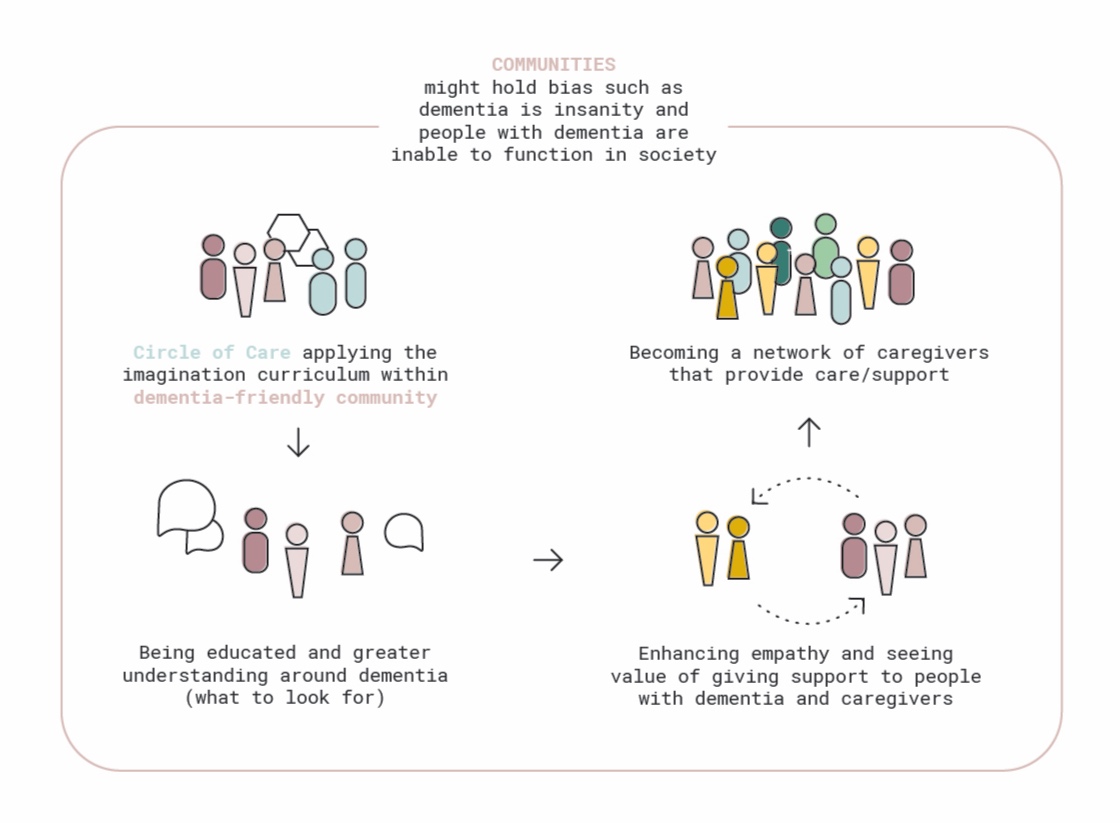
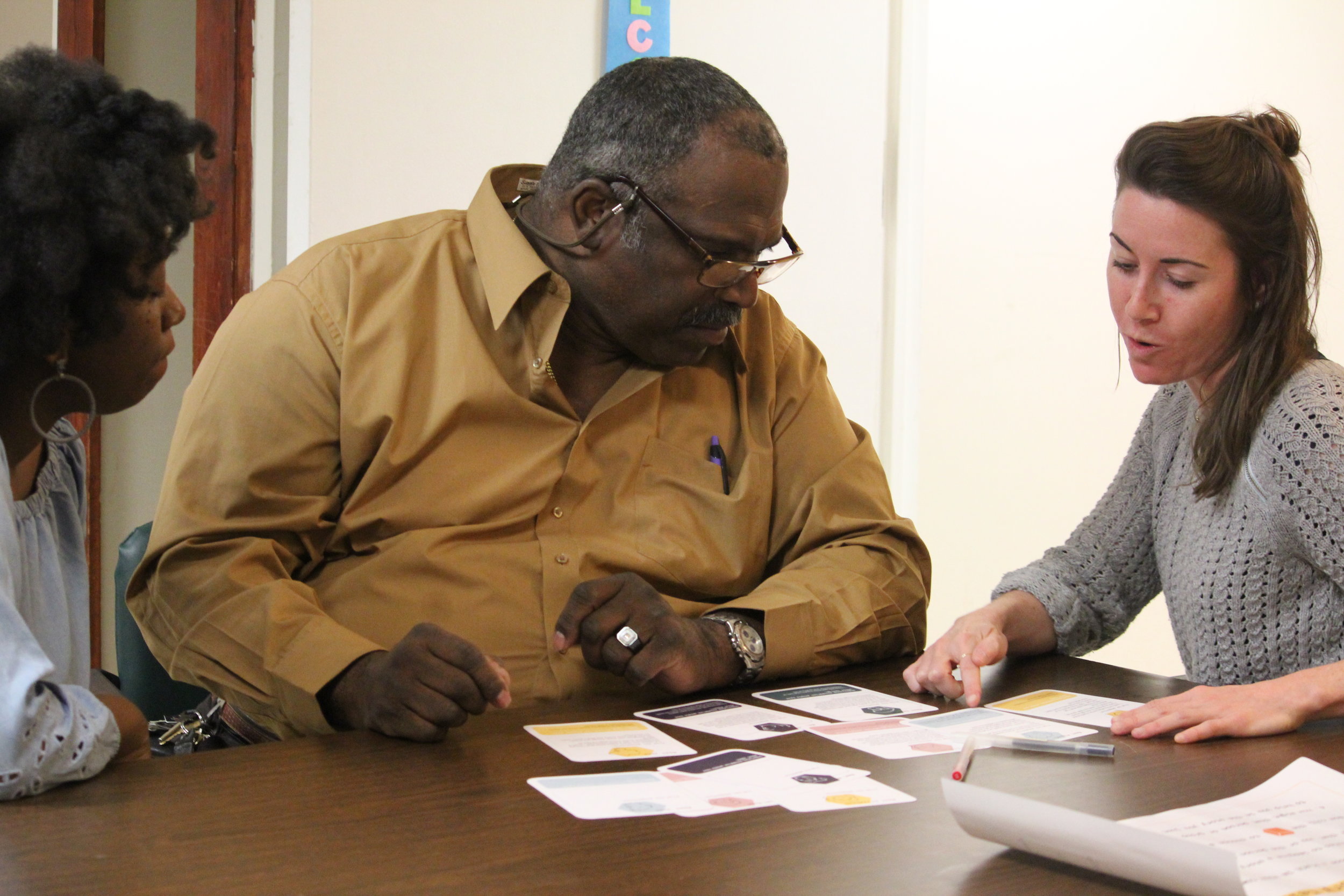
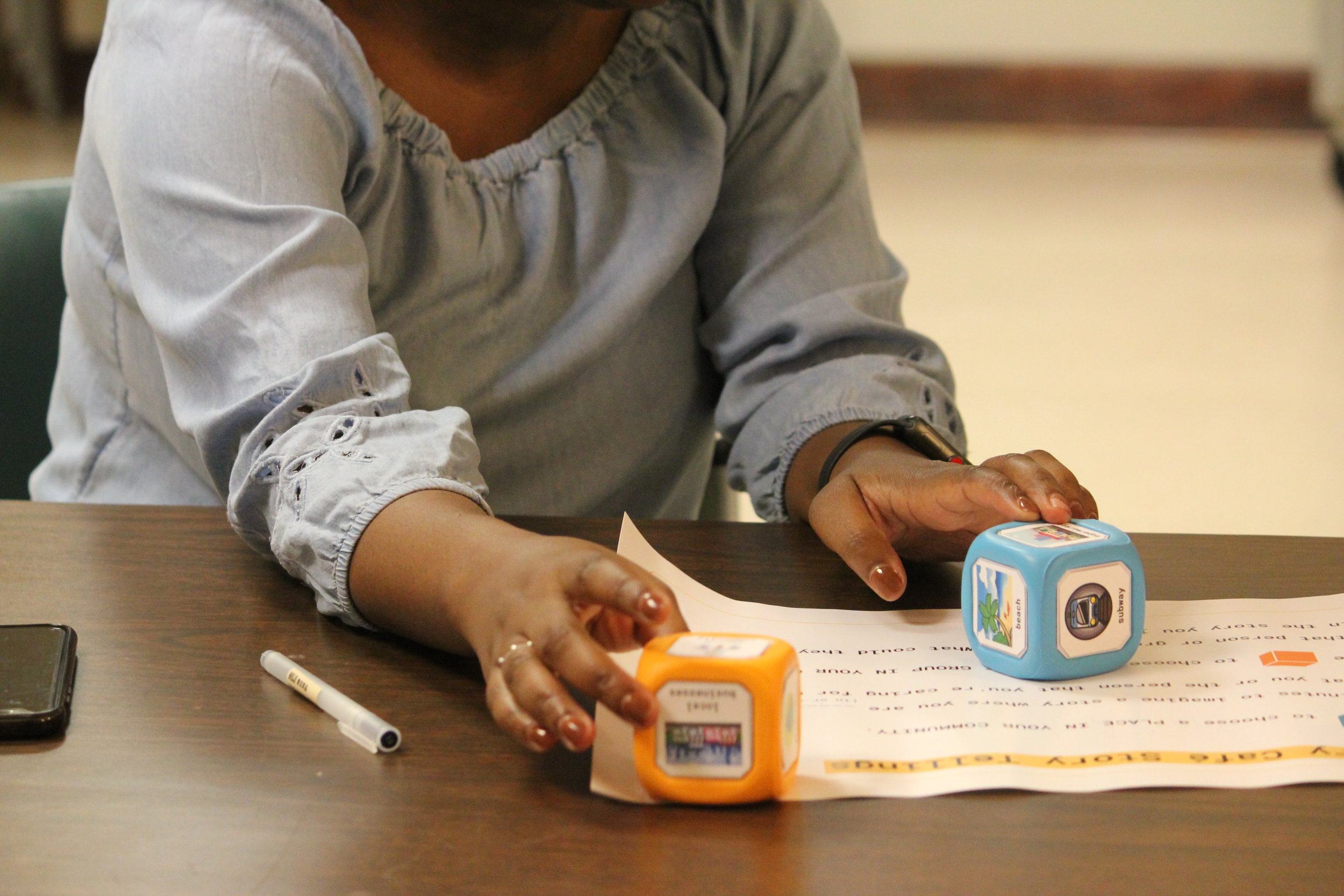
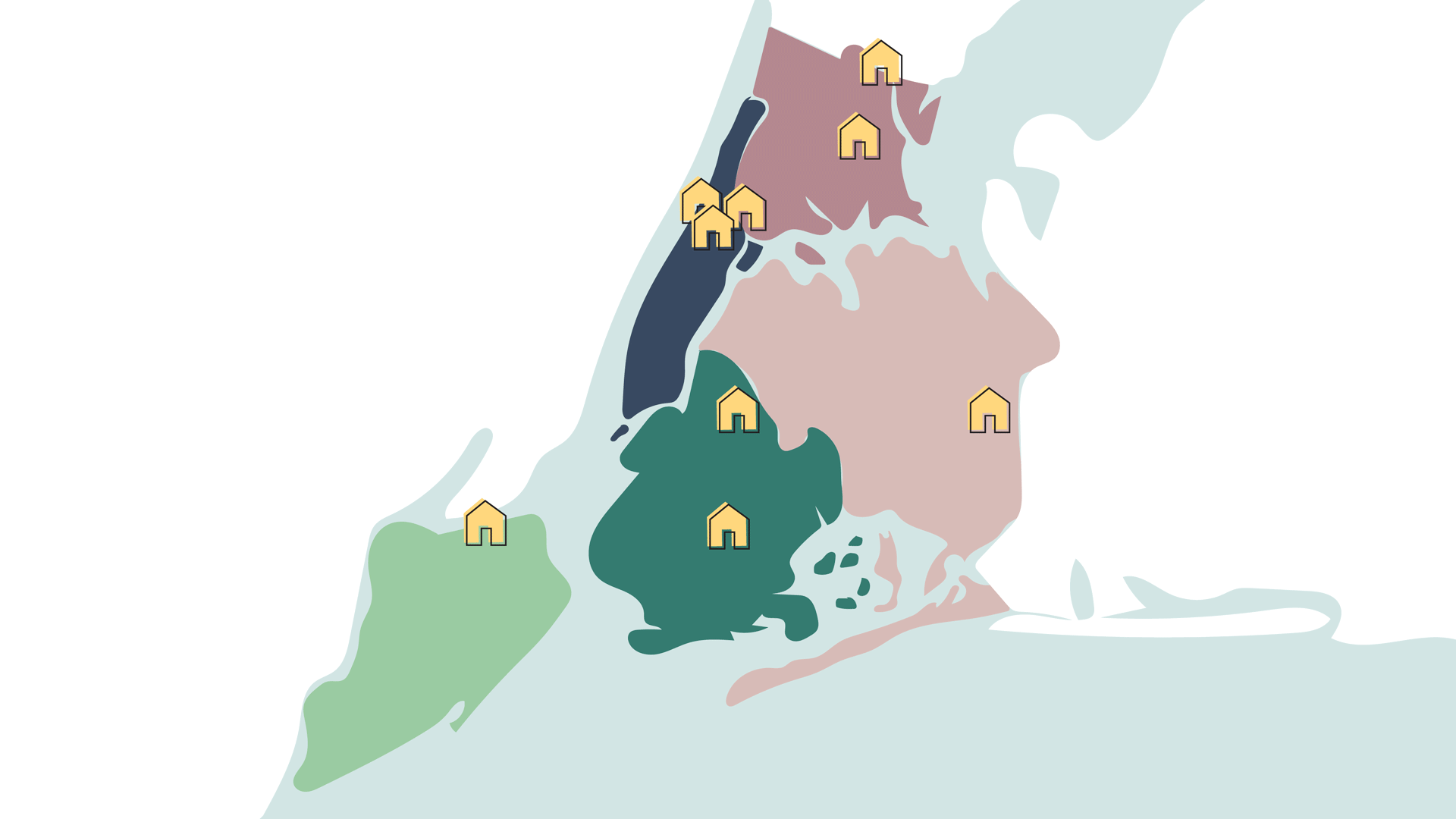
OUTCOMES & SCALE
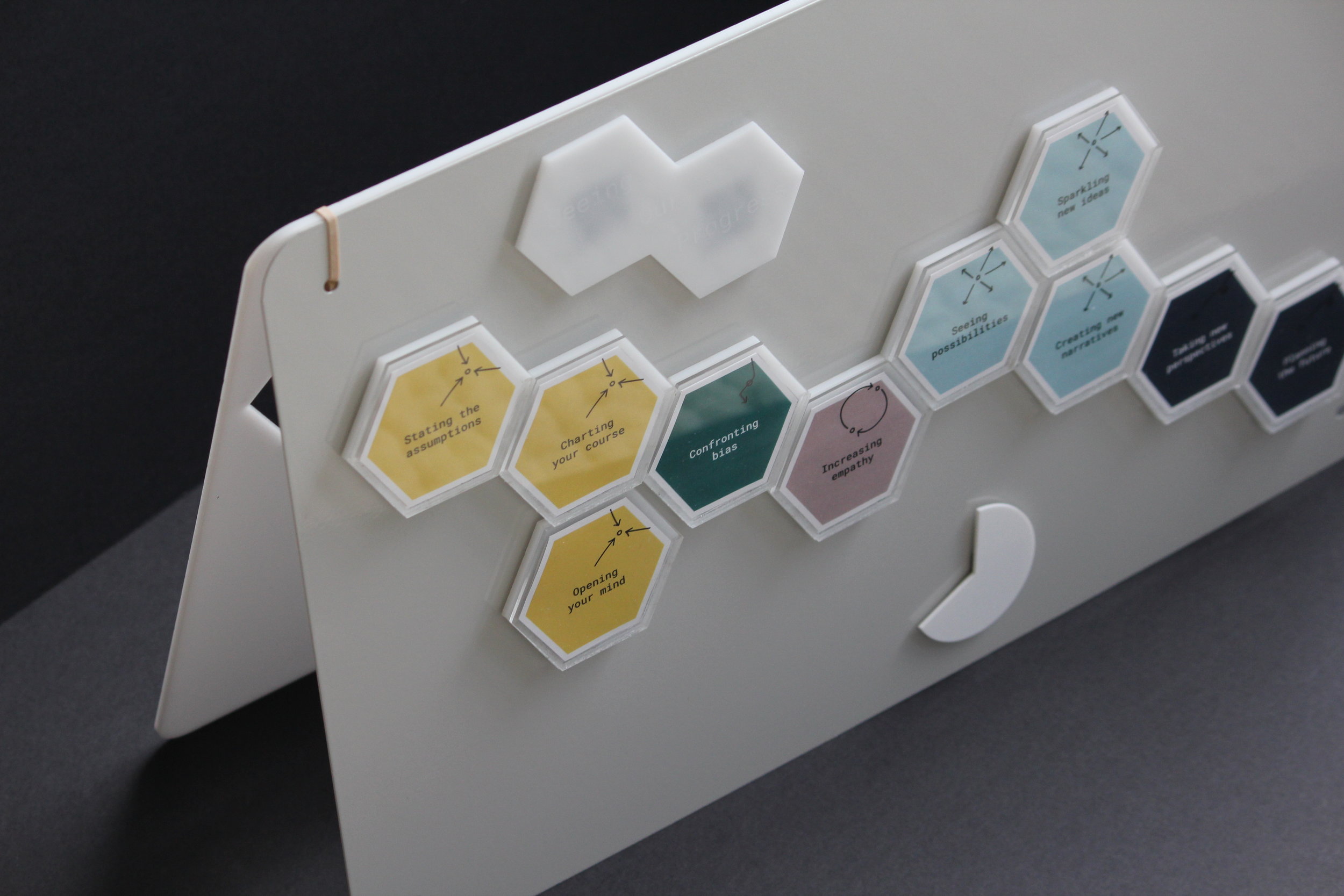
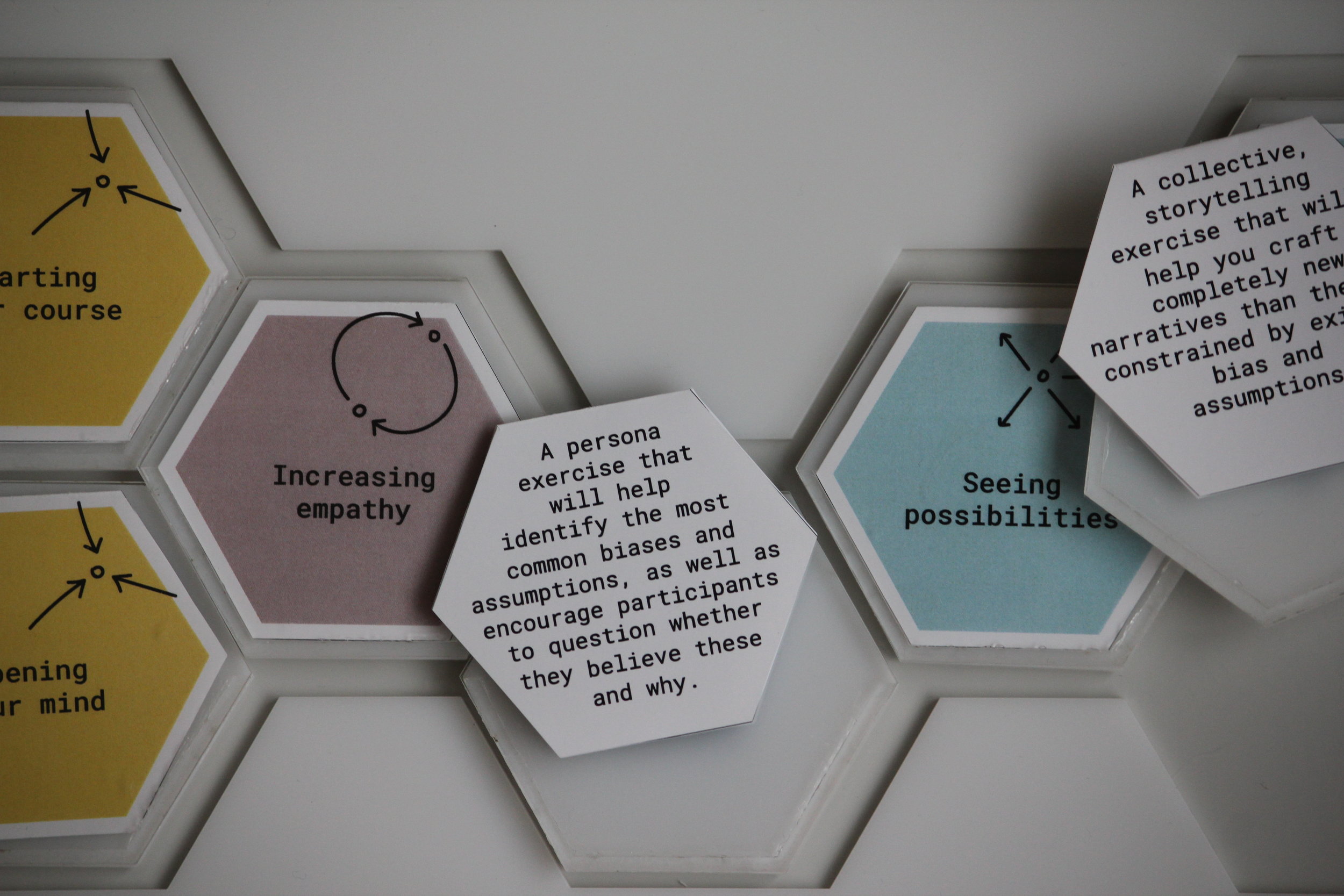
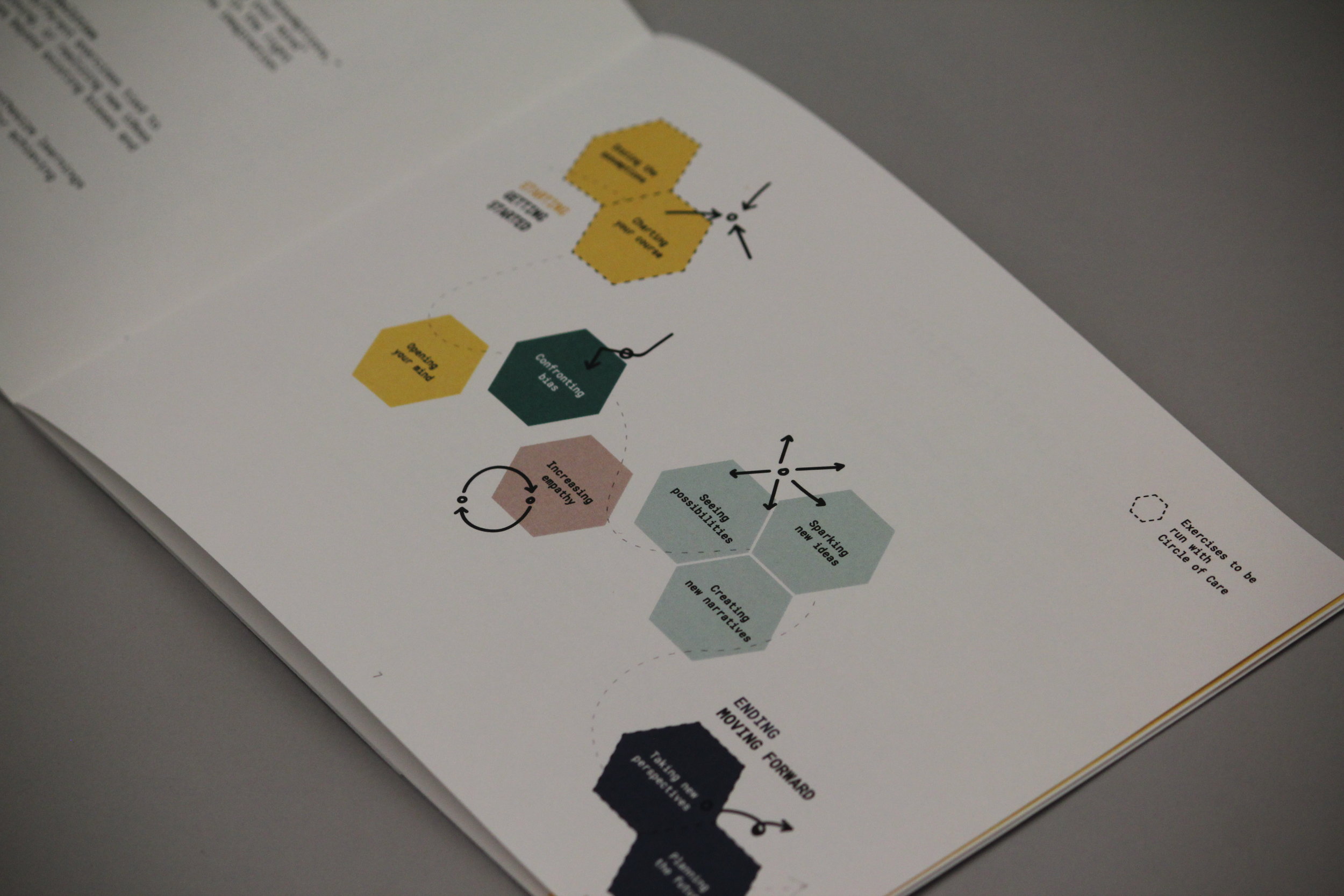

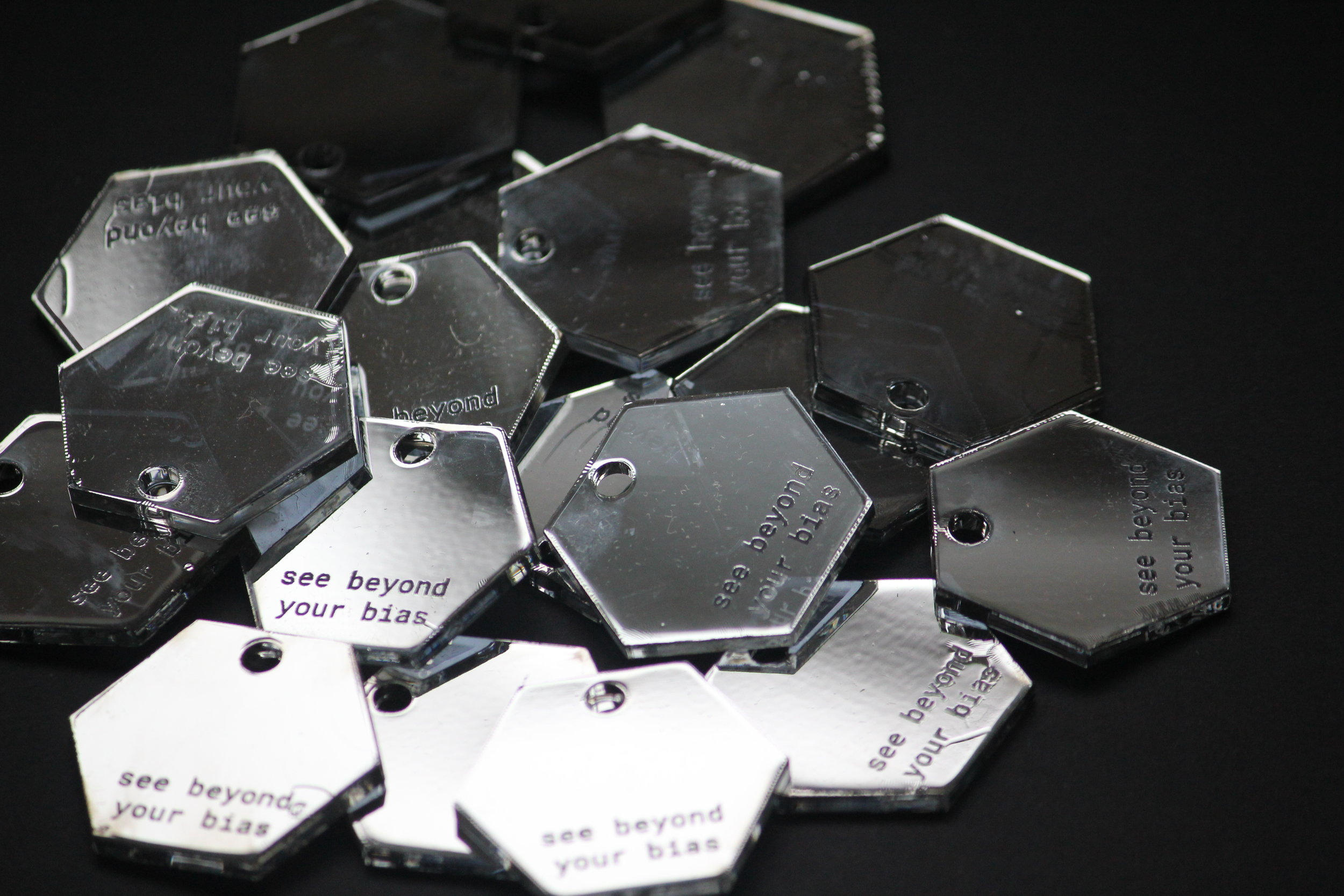
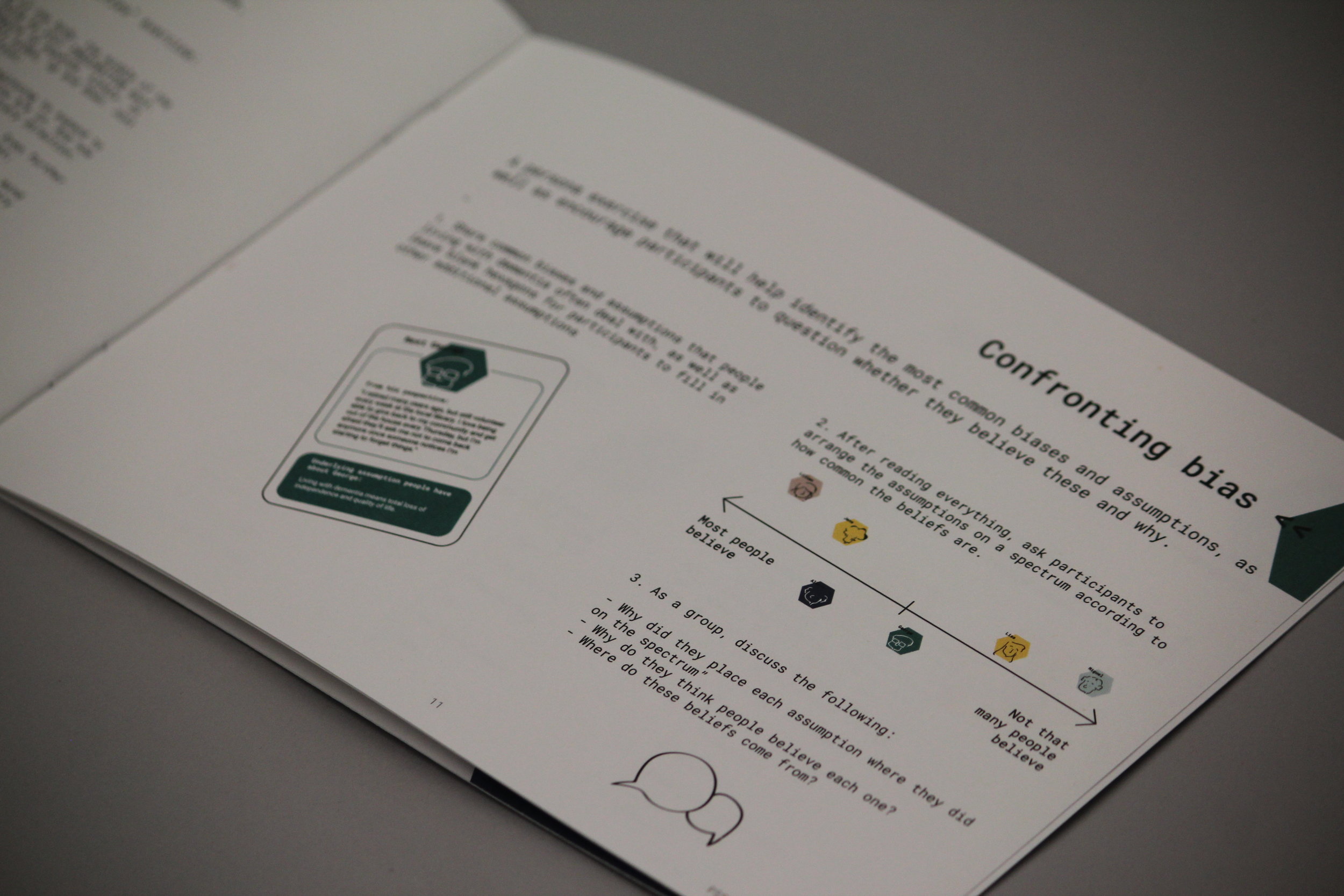
The methodology is seen as incredibly valuable within Circle of Care, since the underlying challenge of creating DFCs is to reduce the stigma of memory loss and increase empathy within a broader community context.
Based on our work together, our methodology exercises will be integrated into planning meetings for creating DFCs beginning this summer and continuing over the next couple of years; Circle of Care is incorporating our work into the structure for shaping these communities.
To continue to provide long-term value within the organization, we also translated the most common biases surfaced during our research and testing into organizational learning materials to be used in new hire training.








